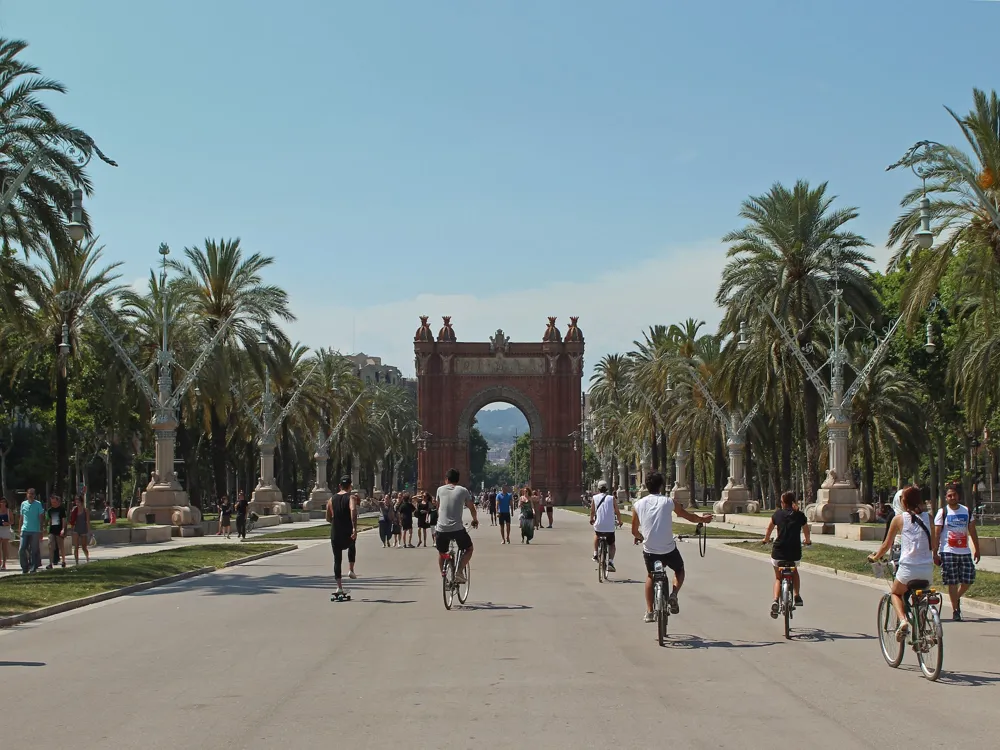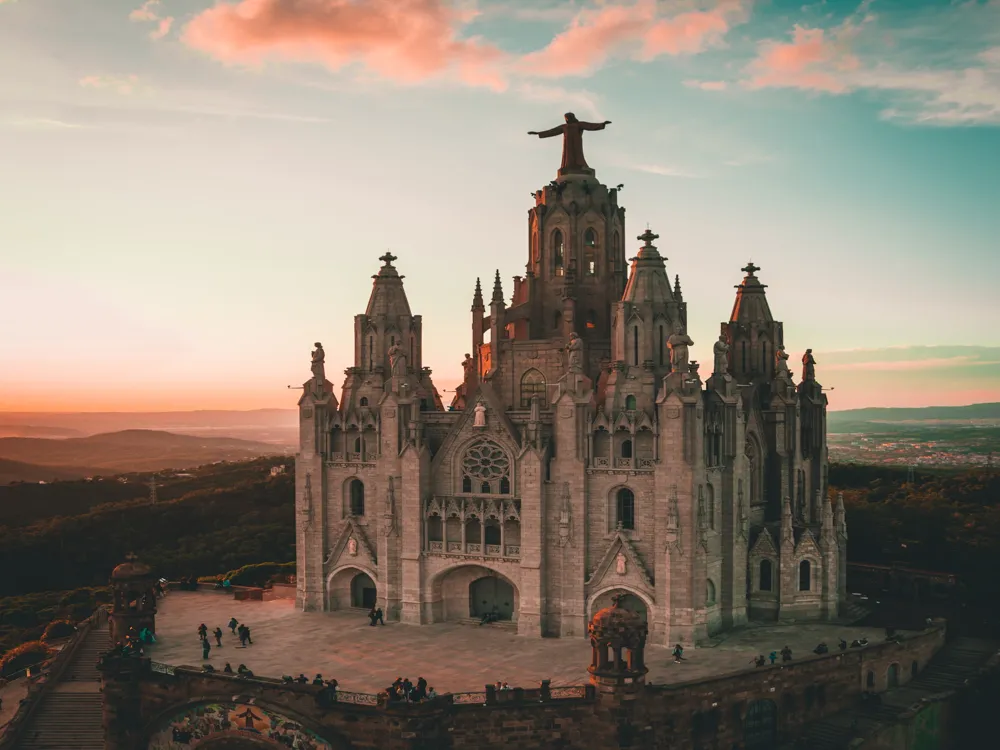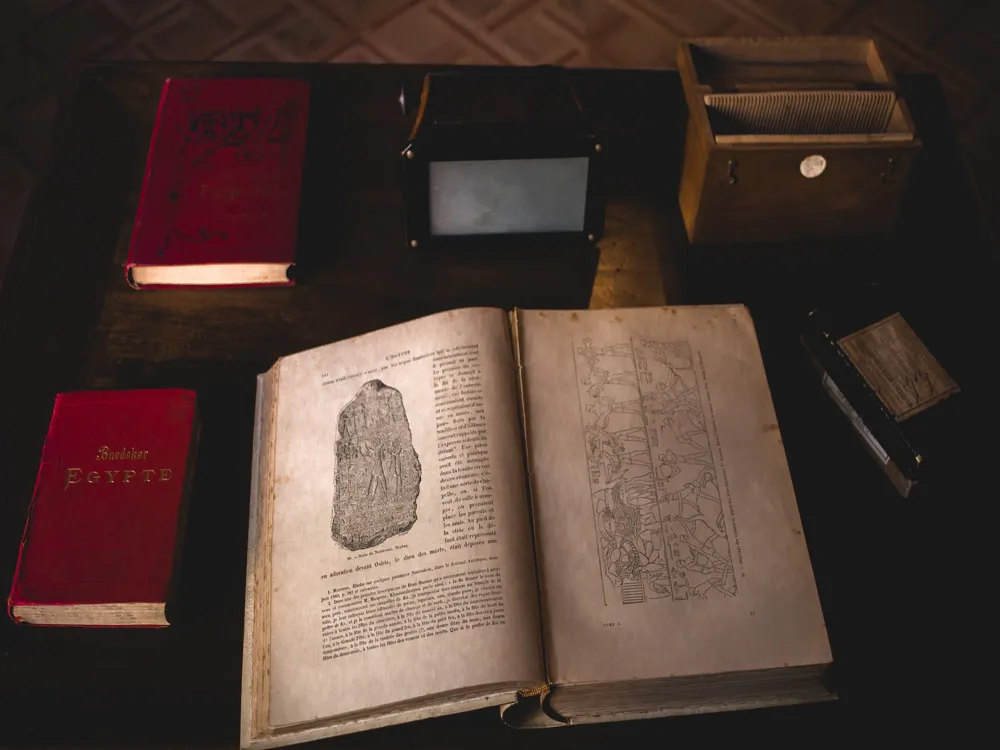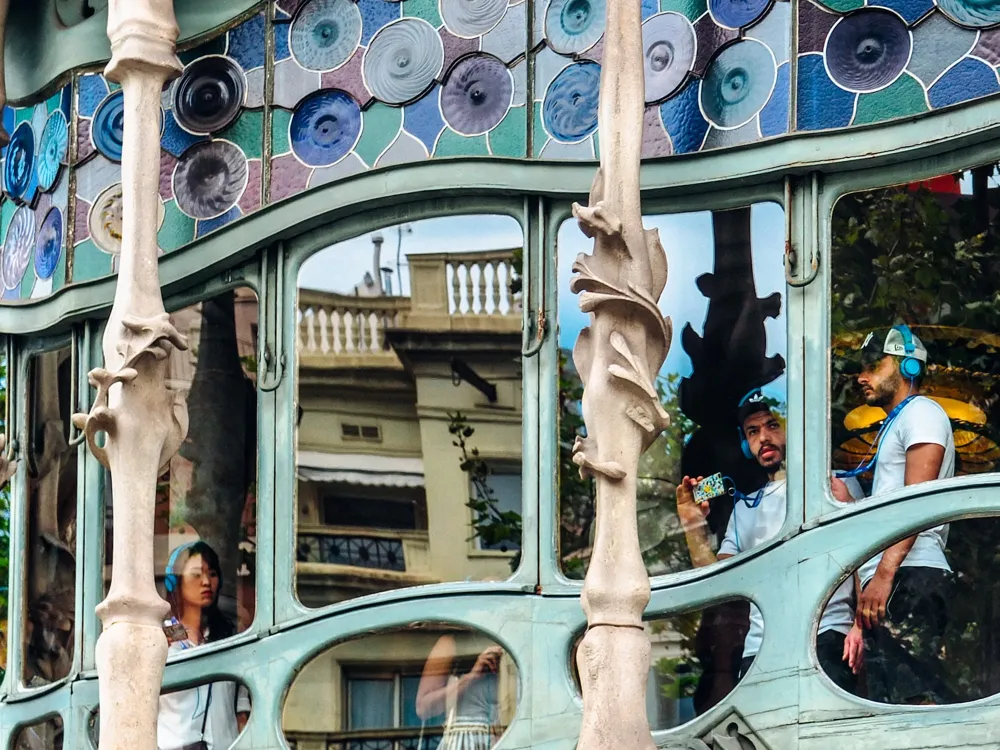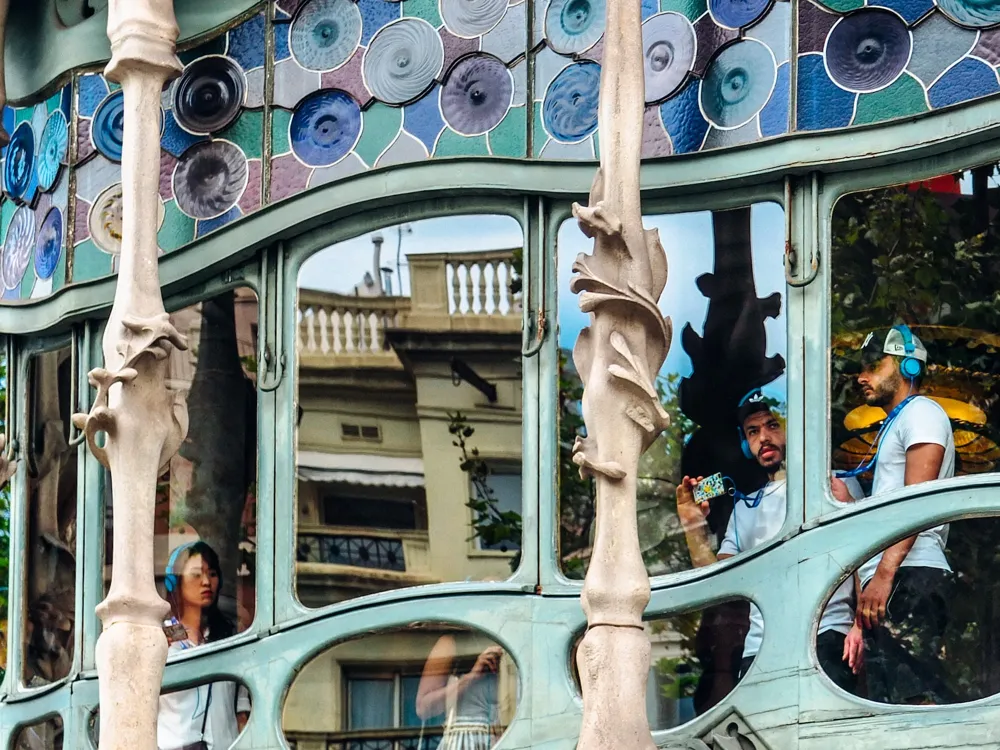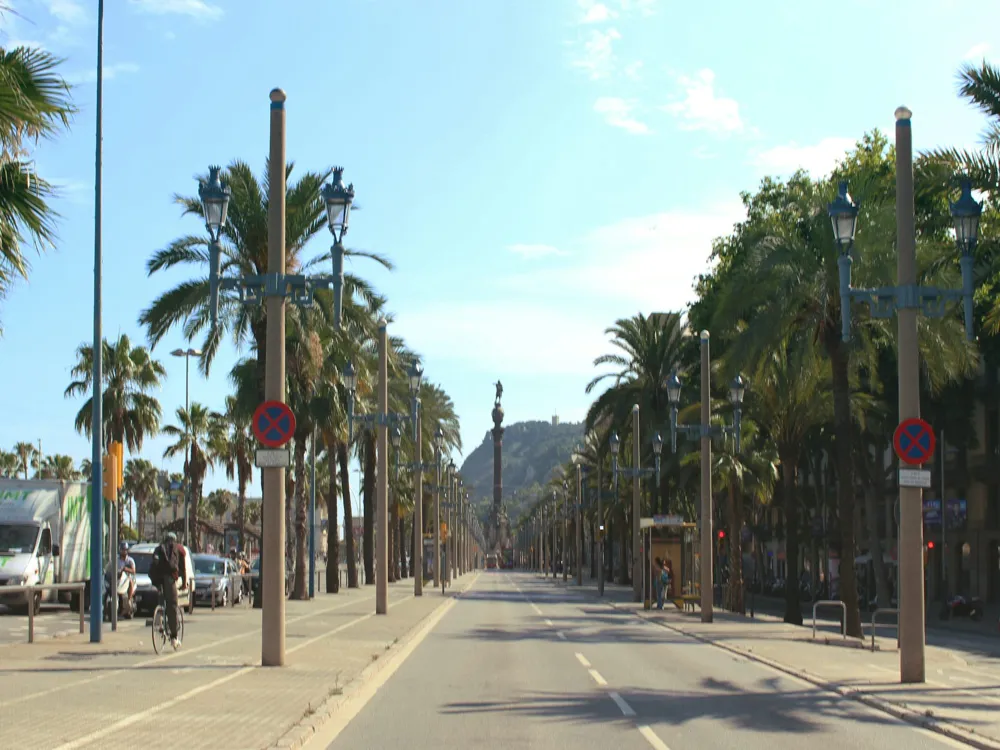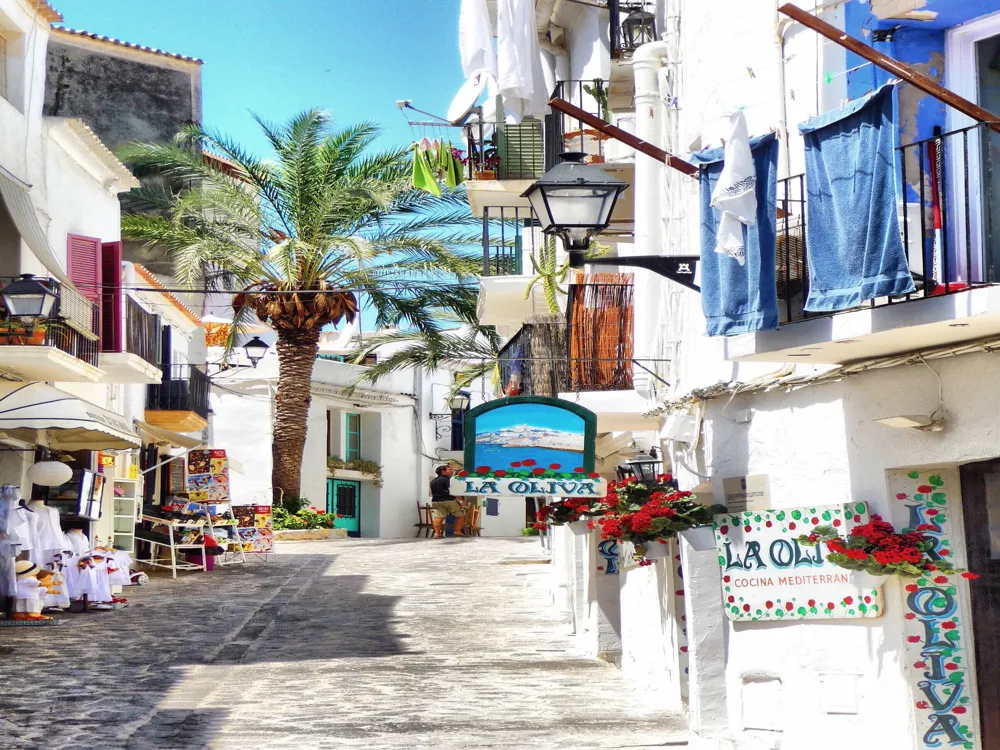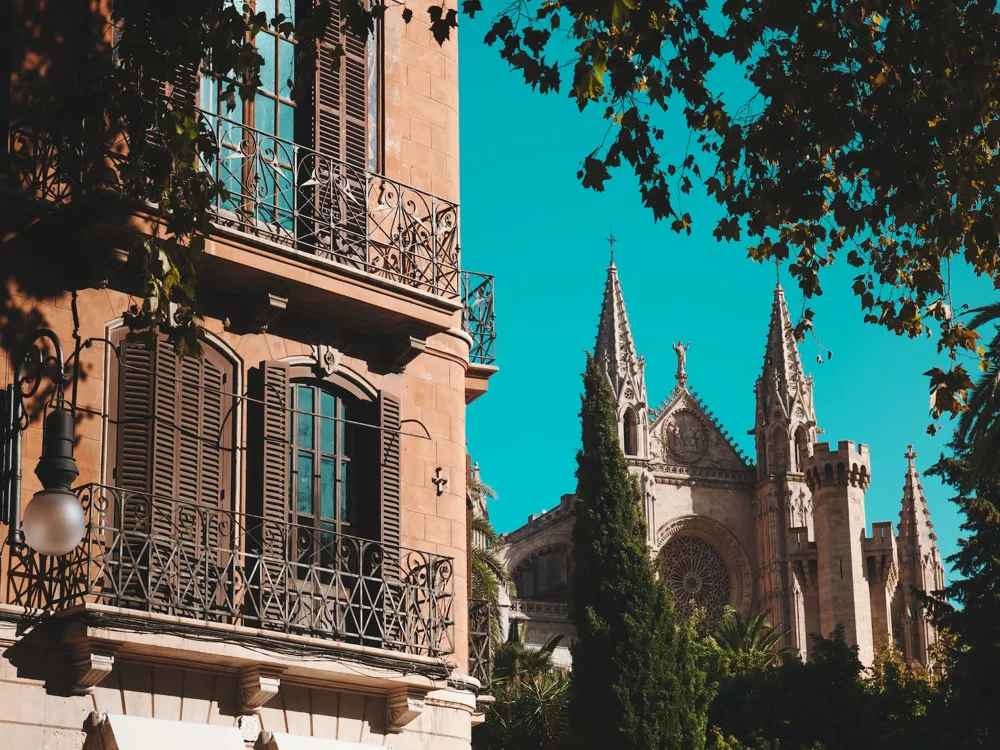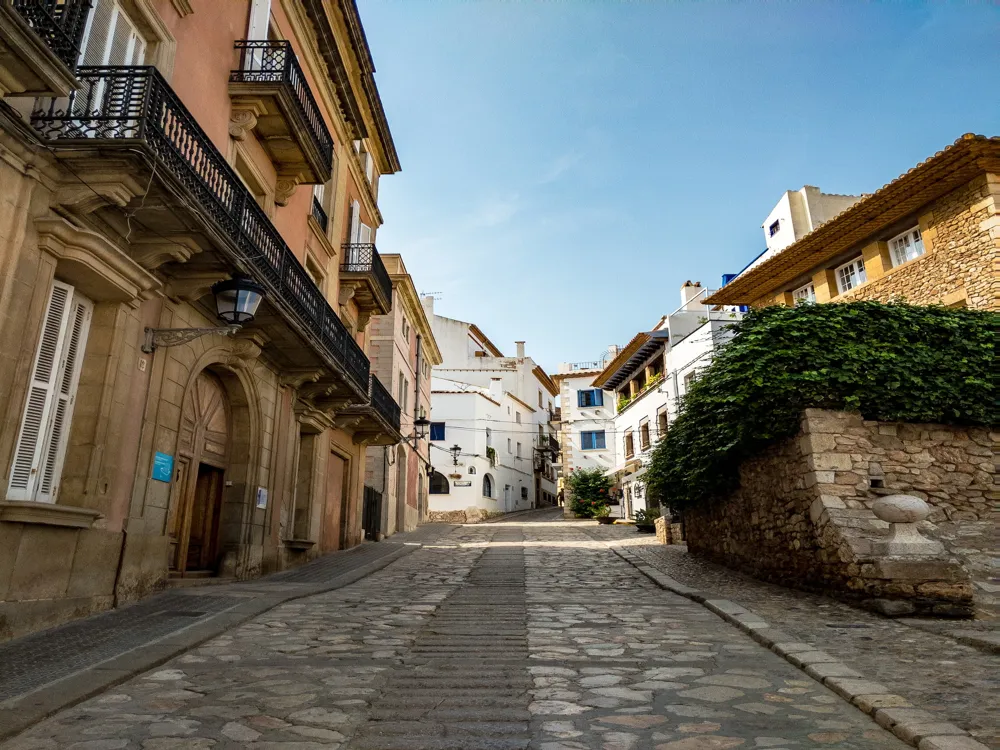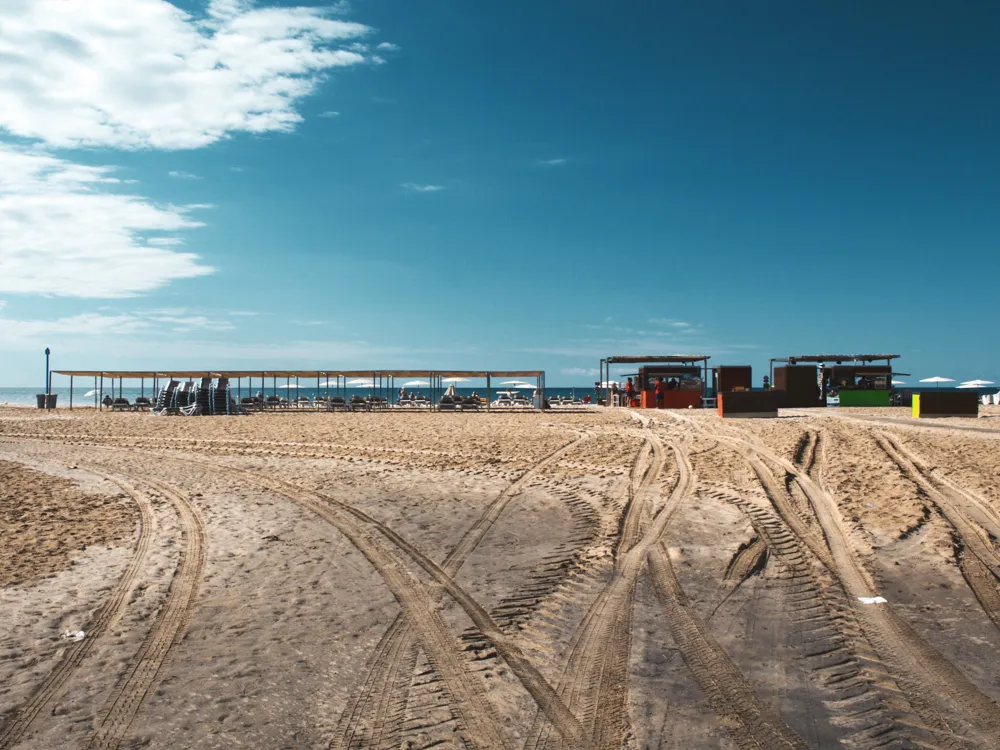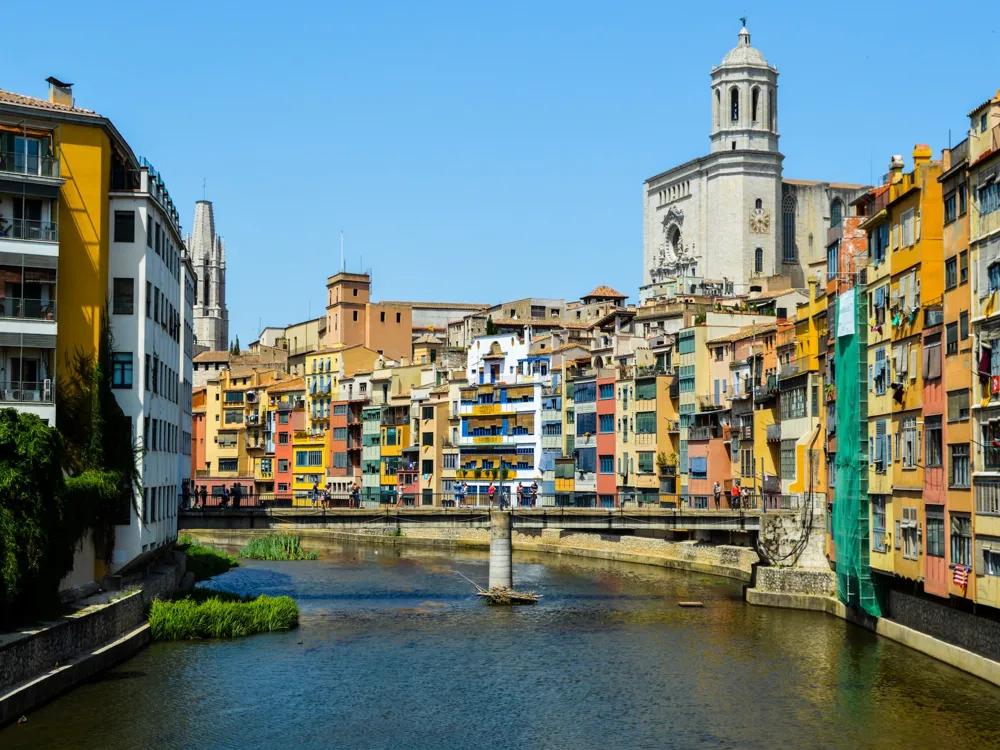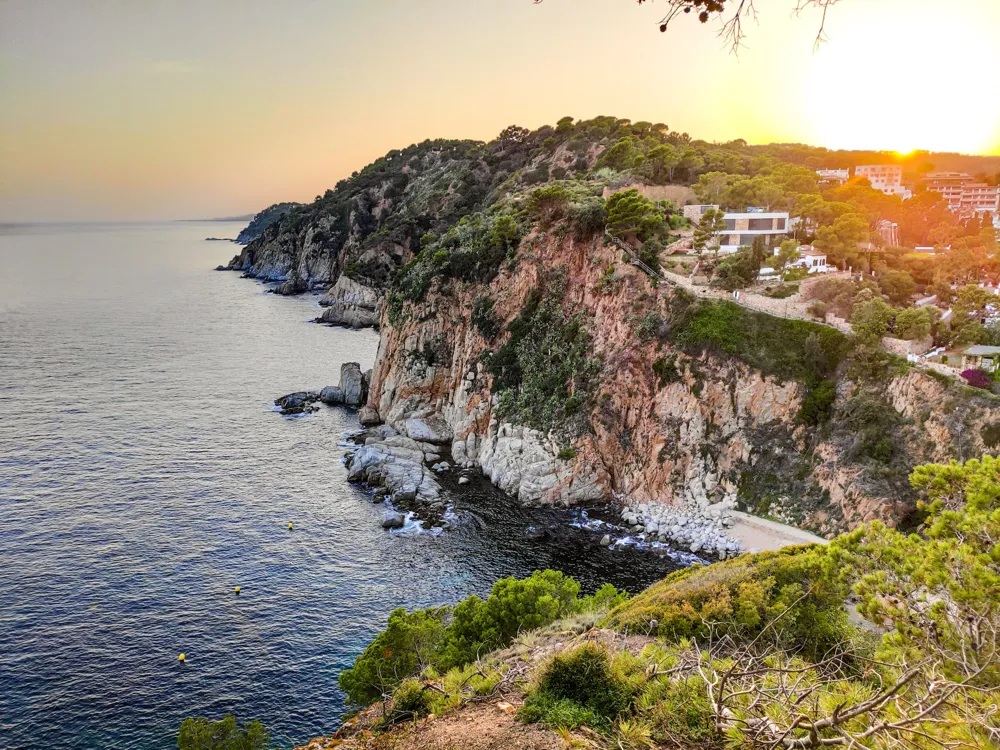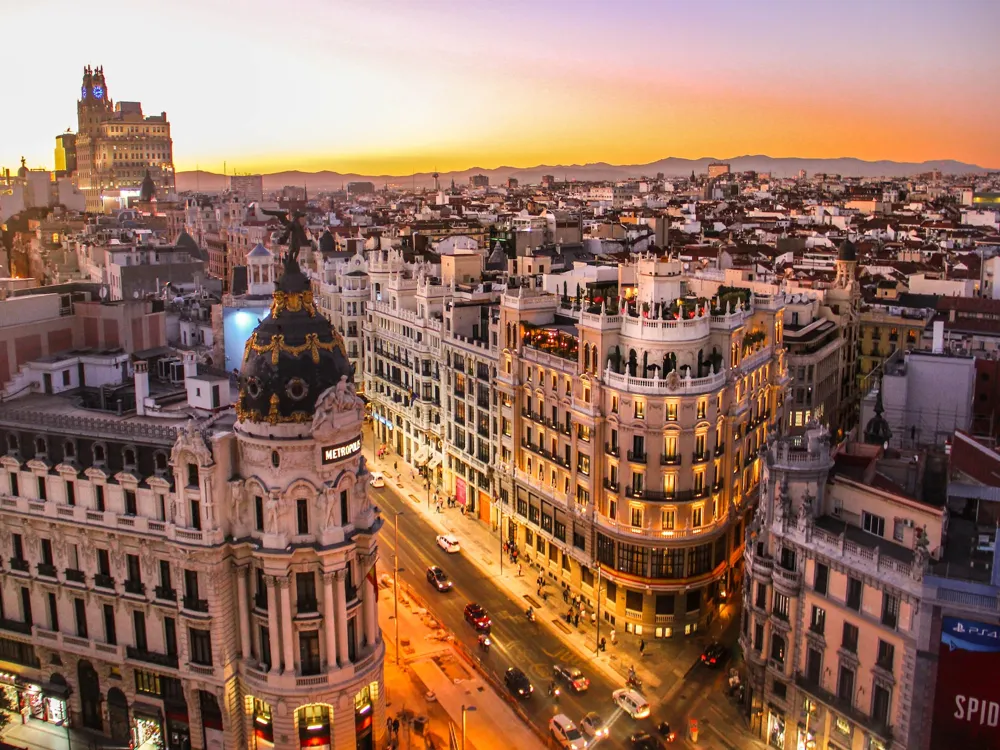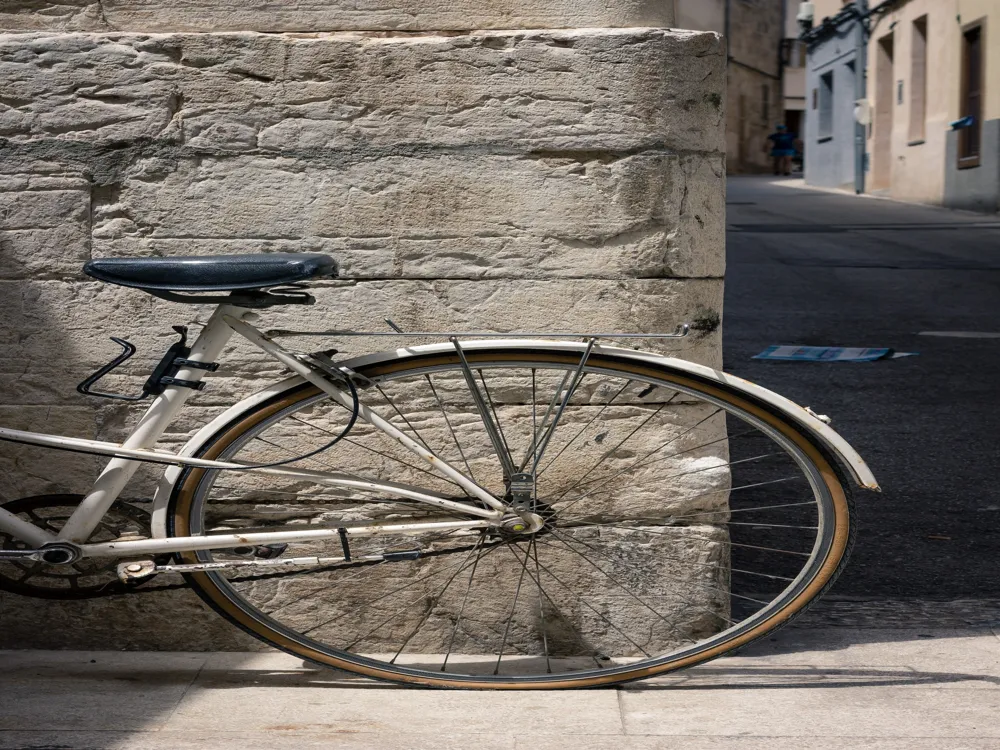The Gothic Quarter, or Barri Gòtic, is a historical and cultural gem nestled in the heart of Barcelona. This area, known for its narrow, winding streets and significant buildings dating back to medieval times, is a testament to Barcelona's rich history. The Gothic Quarter is not only a hub for tourists but also a living piece of history that continues to play a vital role in the daily life of Barcelona's residents. Exploring the Gothic Quarter is like stepping back in time. The district is bounded by the famous La Rambla to the west and Via Laietana to the east. To the north lies Plaça de Catalunya, a large square in central Barcelona that's a popular meeting point and home to many significant events and celebrations. The Mediterranean Sea forms the southern boundary, offering a picturesque backdrop to this historic area. The Gothic Quarter's history is deeply intertwined with the city's overall development. Originally, this area was a Roman village. Remnants of its Roman past, including parts of the old Roman wall, can still be seen today. Over the centuries, the area has witnessed significant transformations, reflecting various architectural styles and cultural influences. The Barri Gòtic is also home to some of Barcelona's most iconic landmarks. The Barcelona Cathedral, also known as the Cathedral of the Holy Cross and Saint Eulalia, is a stunning example of Gothic architecture and one of the area's most visited sites. The Plaça del Rei, a historic square, is another significant location in the Gothic Quarter, known for its medieval buildings and the Palau Reial Major, the former residence of the Catalan kings. Today, the Gothic Quarter is a bustling neighborhood filled with shops, bars, cafes, and restaurants. It's a place where the old and the new seamlessly merge, creating a unique atmosphere that's both lively and steeped in history. The quarter is not just a tourist attraction; it's a living, breathing part of Barcelona that resonates with the vibrancy of Catalan culture. The architecture of the Gothic Quarter is a tapestry of various styles, predominantly Gothic, that have evolved over centuries. This architectural diversity is a reflection of the many phases of Barcelona's history, each leaving its mark on the quarter's buildings and streets. The Gothic style, which dominates the area, is characterized by its tall, narrow windows, pointed arches, and intricate stonework. This style emerged in Europe during the High and Late Middle Ages, and it transformed the way buildings were designed and constructed. One of the most prominent examples of Gothic architecture in the quarter is the Barcelona Cathedral. Built between the 13th and 15th centuries, the cathedral is renowned for its stunning facade, soaring bell towers, and elaborate Gothic details. The interior of the cathedral is equally impressive, with its high ceilings, stained glass windows, and a beautiful cloister that houses a garden and a pond. Beyond the cathedral, the Gothic Quarter is filled with narrow, labyrinthine streets that open into small squares, each with its own unique character and architectural elements. These streets and squares are lined with buildings that feature typical Gothic characteristics, such as arched doorways, stone balconies, and ornate facades. However, the area also showcases other architectural styles, such as Romanesque and Baroque, offering a visual feast for those interested in historical architecture. The Plaça del Rei is another architectural marvel in the Gothic Quarter. This medieval square is surrounded by gothic buildings that were once part of the royal palace. The Palau Reial Major, the grandest of these buildings, features a blend of Romanesque and Gothic architectural elements. The square is also home to the Museu d'Història de Barcelona, which provides insights into the city's rich history. The Gothic Quarter's architecture is not just about grand buildings and historic landmarks; it's also about the smaller, lesser-known structures that contribute to the area's charm. These include medieval courtyards, ancient chapels, and historic residential buildings that have stood the test of time. The preservation and restoration efforts in the Gothic Quarter have ensured that these architectural treasures continue to tell the story of Barcelona's past to future generations. Given the Gothic Quarter's popularity, it's advisable to plan your visit ahead of time. Consider visiting during off-peak hours to avoid large crowds. Early morning or late afternoon are ideal times to explore the area's narrow streets and historic sites. The Gothic Quarter is best explored on foot. Wear comfortable shoes as you will be walking on Read MoreOverview of the Gothic Quarter of Barcelona
Architecture of the Gothic Quarter
Tips When Visiting the Gothic Quarter
Plan Your Visit
Wear Comfortable Shoes
Gothic Quarter
Barcelona
₹ 35,693 onwards
View barcelona Packages
Weather :
Tags : Town
Timings : English-speaking guide: 9:30 (all year round) Spanish-speaking guide: 11:30 and 17:00 (depending on months of the year) French-speaking guide: 11:30 and 17:00æ(depending on months of the year)
Planning a Trip? Ask Your Question
Also Refered As:
Barri Gòtic
Barcelona Travel Packages
View All Packages For Barcelona
Top Hotel Collections for Barcelona

Private Pool

Luxury Hotels

5-Star Hotels

Pet Friendly
Top Hotels Near Barcelona
Other Top Ranking Places In Barcelona
View All Places To Visit In barcelona
View barcelona Packages
Weather :
Tags : Town
Timings : English-speaking guide: 9:30 (all year round) Spanish-speaking guide: 11:30 and 17:00 (depending on months of the year) French-speaking guide: 11:30 and 17:00æ(depending on months of the year)
Planning a Trip? Ask Your Question
Also Refered As:
Barri Gòtic
Barcelona Travel Packages
View All Packages For Barcelona
Top Hotel Collections for Barcelona

Private Pool

Luxury Hotels

5-Star Hotels

Pet Friendly





